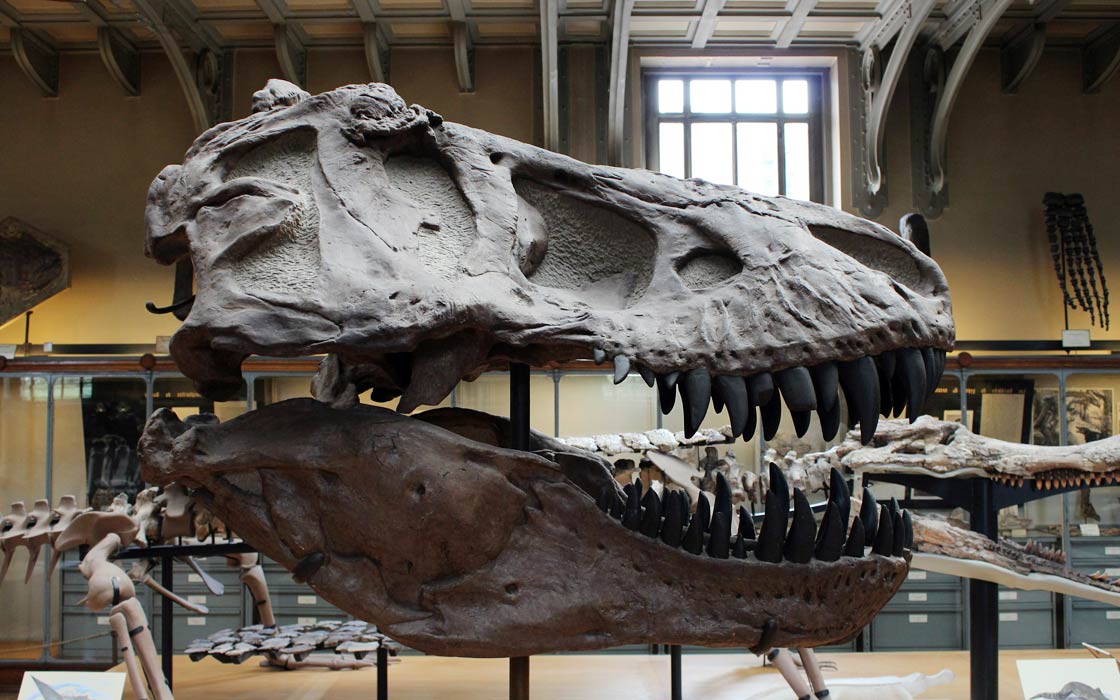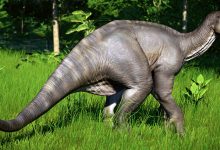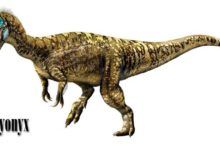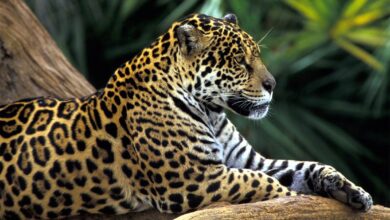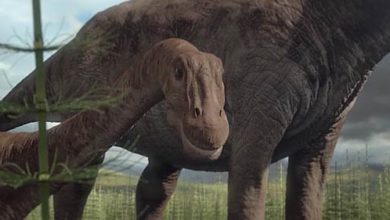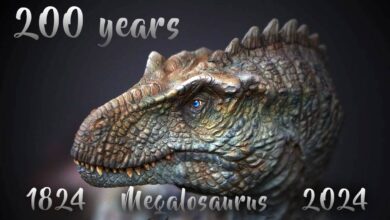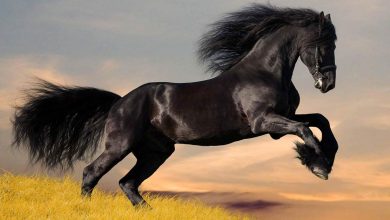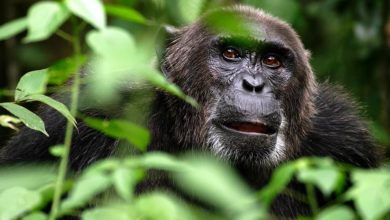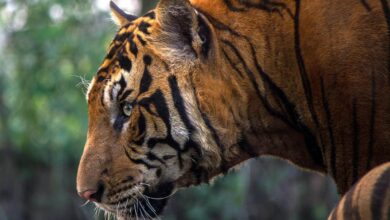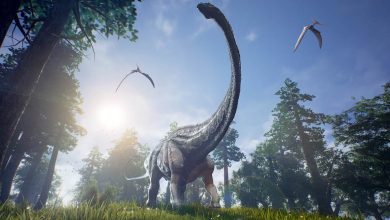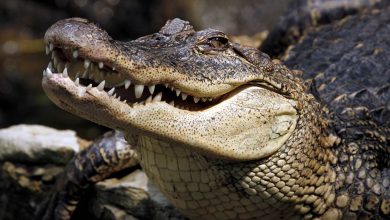The Most Fearsome Predators: A Look at Theropod Dinosaurs
Unveiling the Giants of Prehistory
Imagine a time when colossal predators ruled the land – a period when the mightiest of predatory dinosaurs, the Theropods, roamed the Earth. These magnificent creatures have long been the subject of fascination and awe. With their massive size, sharp teeth, and predatory instincts, they represent some of the most awe-inspiring animals in our planet’s history.
Walking through a lush, prehistoric forest, the ground would tremble under the weight of these giants. The Theropods, a diverse group of bipedal carnivores, were not just mere animals; they were the ultimate predators of their time. From the notorious Tyrannosaurus rex to the swift and cunning Velociraptor, these dinosaurs have captured our imaginations and have held a prominent place in popular culture.
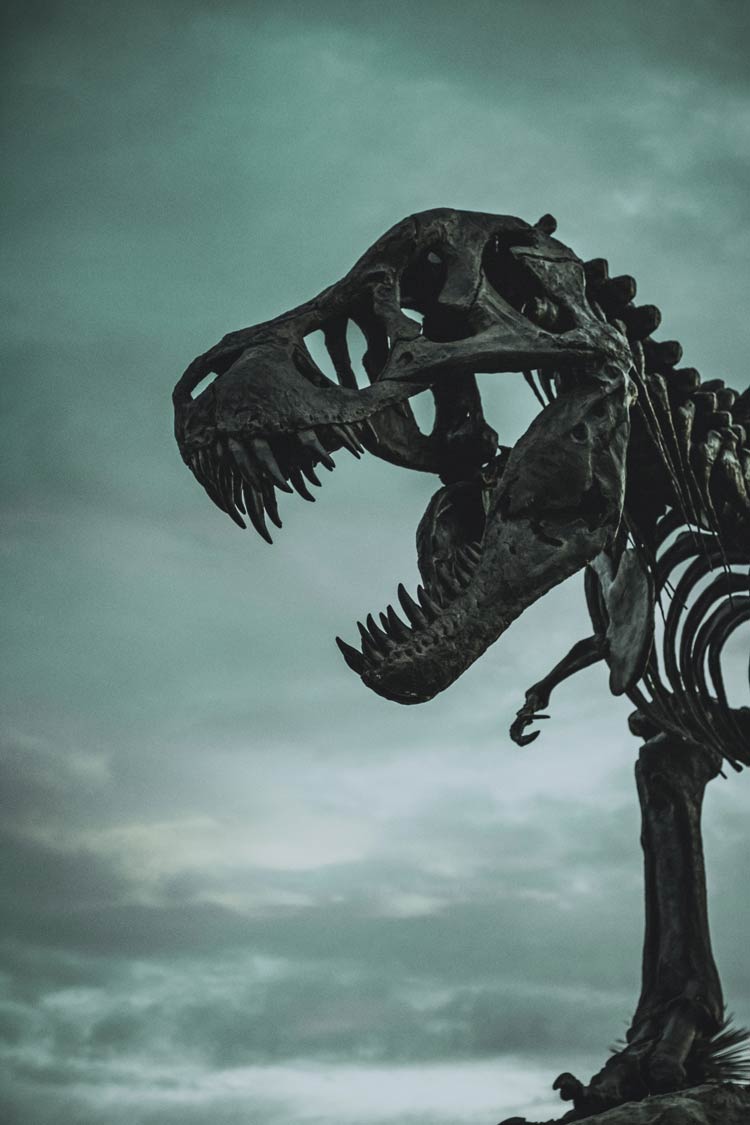
The Terror of the Mesozoic Era
The Mesozoic Era, often dubbed the Age of Reptiles, was a time when theropod dinosaurs thrived. These creatures were not homogenous; they displayed a remarkable variety in size, shape, and hunting strategies. This diversity is key to understanding their dominance and survival over millions of years. The larger species, like the Allosaurus and the Spinosaurus, were apex predators in their respective habitats, instilling fear and commanding respect across the prehistoric landscapes.
But what made these Theropods so successful as predators? It was a combination of physical attributes and behavioral adaptations. Their bipedal stance, for instance, allowed for greater mobility and speed, making them efficient hunters.
Their sharp, serrated teeth and powerful jaws were perfect tools for tearing through flesh. Additionally, many of these dinosaurs had highly developed senses, including keen eyesight and a strong sense of smell, essential for tracking down prey.
The study of these magnificent creatures goes beyond skeletal remains. It encompasses an understanding of their environment, prey, and survival strategies. For students delving into paleontology, it’s an exciting journey that combines various disciplines – from biology to geology. The challenge lies in piecing together a puzzle that spans millions of years, a task that requires not just passion but also a systematic approach to research and data analysis.
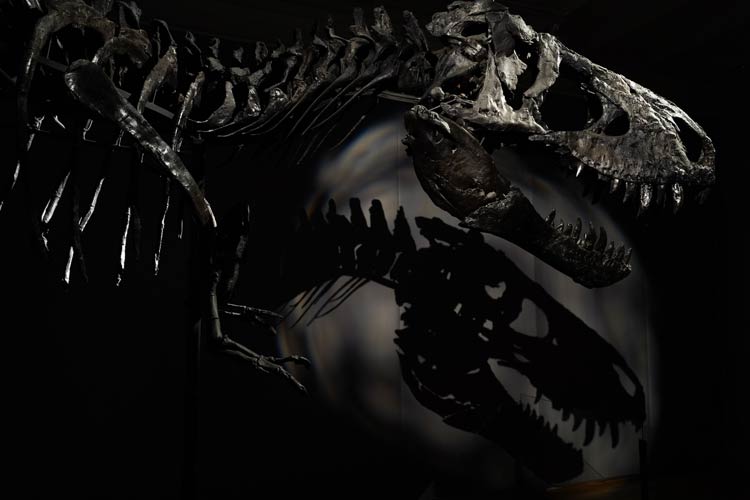
The Apex Predators and Their Hunting Techniques
Among the most fascinating aspects of theropods is their hunting behavior. While much of what we know is based on educated conjecture and fossil evidence, there’s enough to paint a vivid picture of their predatory lifestyle.
The larger theropods, like the T. rex, were likely ambush predators, relying on their massive size and strength to overpower their prey. Meanwhile, smaller species like the Velociraptor were more agile and may have hunted in packs, using their speed and coordination to take down larger dinosaurs.
Understanding these hunting techniques provides crucial insights into the ecology of the Mesozoic era. It sheds light on the predator-prey dynamics and the evolutionary arms race that occurred during this period. For students studying these prehistoric creatures, this aspect offers a thrilling glimpse into the primal world of dinosaurs, where survival hinged on speed, strength, and cunning.
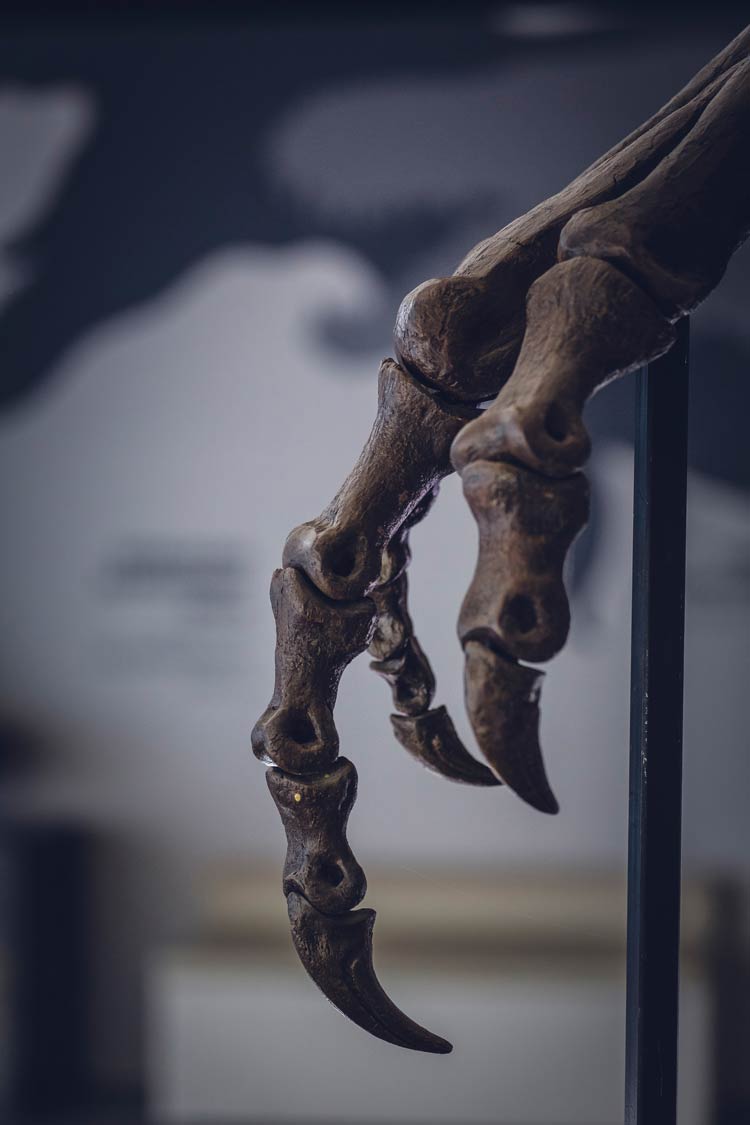
The Intricacies of Theropod Anatomy and Adaptation
Theropod dinosaurs were not just about brute strength and ferocity; their success as a clade also lay in their fascinating anatomical adaptations. These adaptations, ranging from skeletal structures to metabolic systems, played a crucial role in their evolution and dominance. For instance, the hollow bones of many theropods made them lighter and more agile, a crucial advantage for both predators and prey.
One of the most striking features of theropods was their limbs. The forelimbs, though often smaller compared to their hindlimbs, were highly specialized in some species. The Tyrannosaurus Rex, for example, had surprisingly small arms, but these were incredibly strong and could have been used in mating rituals.
On the other hand, their powerful hindlimbs were well-suited for fast and efficient locomotion, allowing them to cover large territories in search of food.
Another fascinating aspect of theropod anatomy was their skulls and teeth. The skull structure varied significantly across different species, indicating a wide range of feeding behaviors and dietary preferences. Teeth morphology also provides a window into their diet, from the knife-like teeth of carnivores to the more modest teeth of omnivorous species.
These anatomical features offer a rich field of study for students and researchers, allowing them to explore the evolutionary adaptations that enabled these creatures to thrive in their respective ecological niches.
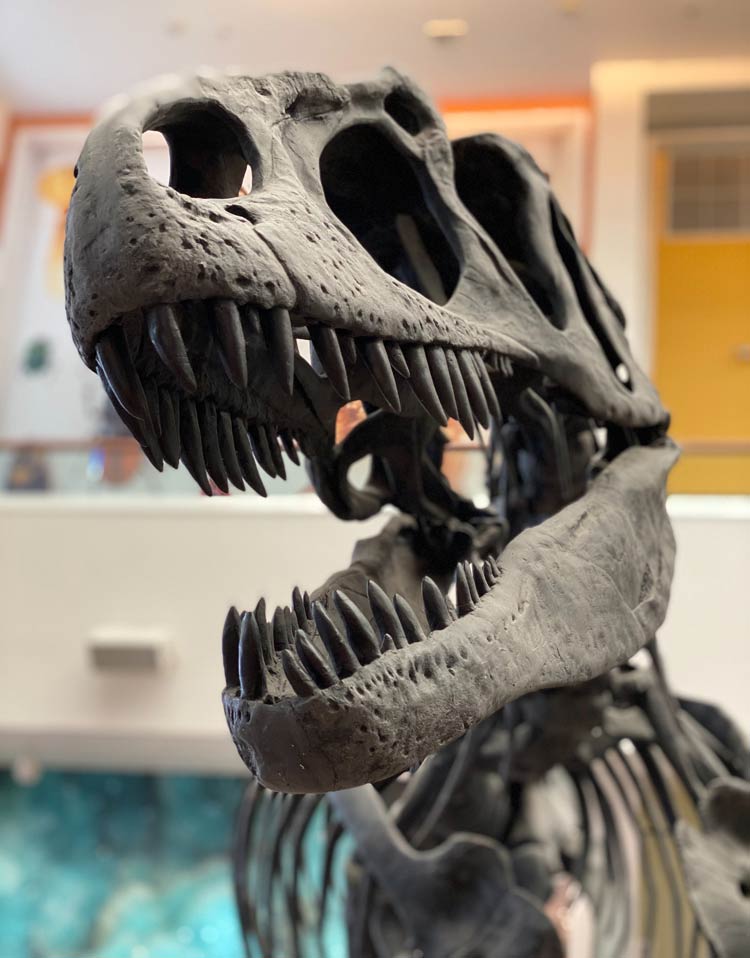
Conservation and Extinction: Learning from the Past
It is important to reflect on the lessons their story holds for us today. Understanding the factors that led to the extinction of these mighty creatures can offer insights into modern conservation efforts. The best paper writing service for students delving into these topics can aid in crafting well-researched essays and papers, providing a comprehensive look at extinction events and their relevance to contemporary environmental challenges.
The end of the Cretaceous period, marked by the extinction of the dinosaurs, was a pivotal moment in Earth’s history. It highlights the fragility of life and the impact of global events, such as asteroid impacts and volcanic activity, on the biosphere.
For students, this serves as a potent reminder of the importance of preserving our planet’s biodiversity and understanding the interconnectedness of all life forms.
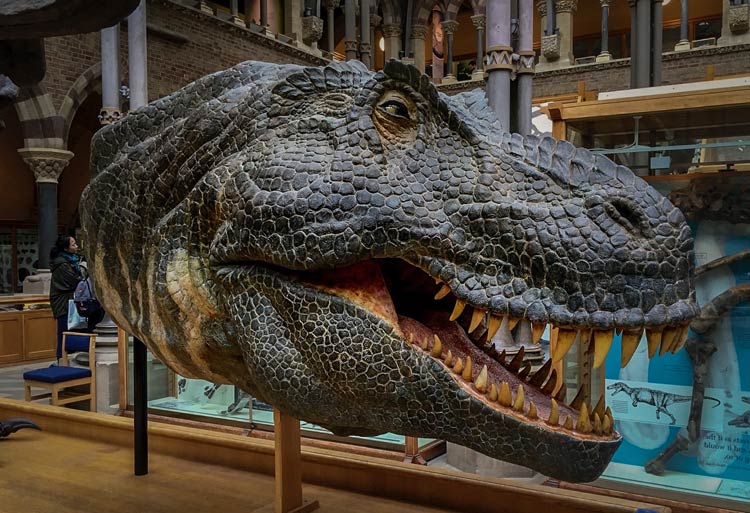
Final Thoughts
In our journey through the world of theropod dinosaurs, we have uncovered aspects of their anatomy, behavior, and environment that paint a vivid picture of these prehistoric predators. Their story is not just a tale of power and dominance but also one of adaptation and survival in a changing world.
For students and enthusiasts alike, the study of theropods is a gateway into the fascinating world of paleontology, offering endless opportunities for discovery and learning.
As we continue to unearth new fossils and piece together the puzzles of the past, the legacy of the theropods remains a testament to the incredible diversity and resilience of life on Earth. Their story, etched in stone and time, continues to inspire and educate, reminding us of the enduring wonder of the natural world.

Recommended
- The Bone wars
- Tyrannosaurs – Birth, Reign and Twilight
- Mary Anning
- Alamosaurus – one of the largest dinosaurs
- The longest dinosaurs. Sauropods Top 10
- The heaviest dinosaurs – Top 10
- The longest predatory dinosaurs. Theropods Top 10
- The heaviest predatory dinosaurs Top 10
- The longest Ornithischians (Ornithischia) TOP 10
- The heaviest Ornithischians Top 10
- The largest raptors (dromaeosaurs) Top 10
- The heaviest Dromaeosaurids / dromaeosaurs – Top 10
- The longest Ankylosaurus Top 10
- The heaviest Ankylosaurus Top 10
- The longest ceratopsians
- The heaviest ceratopsians
- The longest and largest ornithopods
- The heaviest ornithopods Top 10
- The longest Stegosaurians (Stegosauria) TOP 10
- The heaviest Stegosaurians (Stegosauria) Top 10
- The smallest sauropods Top 10
- The smallest dinosaurs Top 10
- The largest pterosaurs Top 10
- Dinosaurs
- Dinosaurs database
- Predatory dinosaurs

